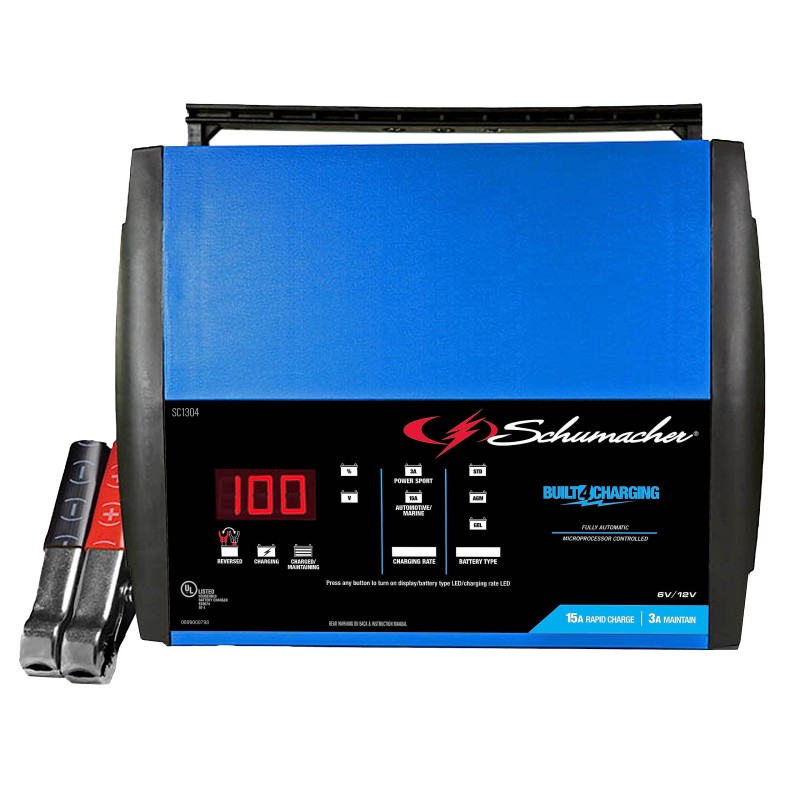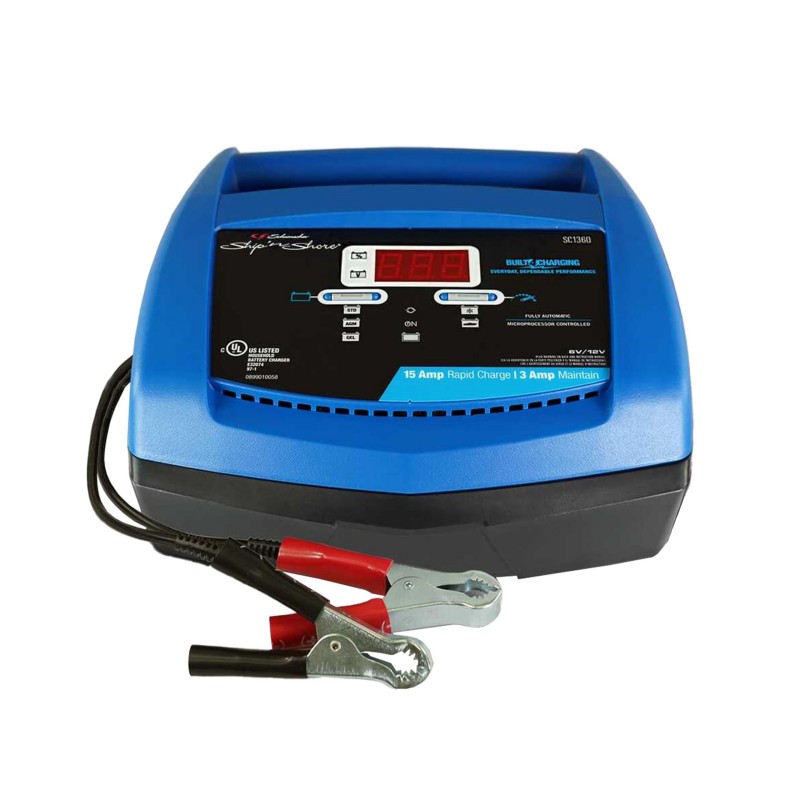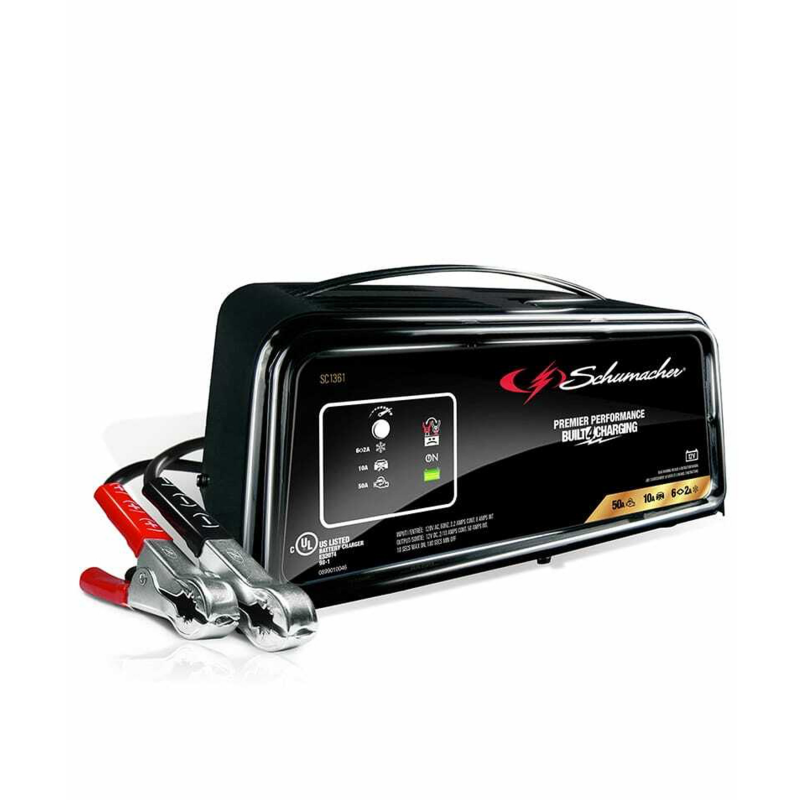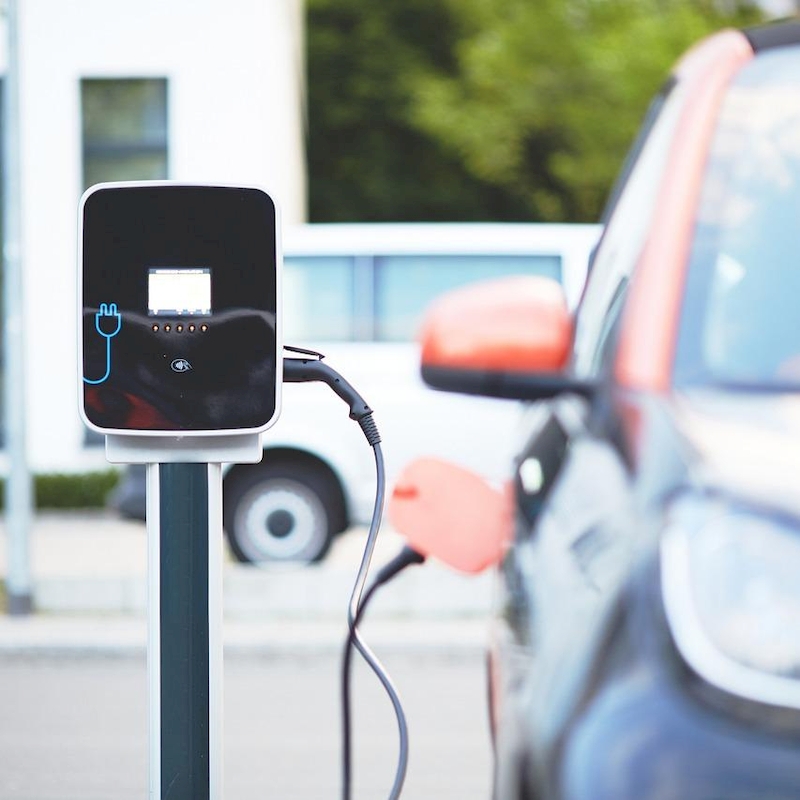Understanding how to use a Schumacher battery charger is essential for anyone who relies on battery-dependent vehicles or equipment, whether you are a car enthusiast or simply someone who wishes to maintain their vehicle adequately. Schumacher battery chargers are renowned for their reliability and effectiveness in revitalizing automotive batteries. Battery problems can strike at the most inconvenient times, leaving you stranded or faced with a frustrating situation. Familiarity with the operation of a Schumacher charger allows you to be prepared and self-sufficient in these circumstances. This detailed guide will cover everything from preparing to use the charger and connecting it correctly to managing the charging process and ensuring the longevity of your battery. We will also dive into troubleshooting, maintenance, and alternatives to charging, equipping you with the knowledge to confidently use your Schumacher battery charger.

Understanding Schumacher Battery Chargers
Before delving into how to use a Schumacher battery charger, it’s important to understand what these chargers are, how they work, and the benefits they offer.
What is a Schumacher Battery Charger?
A Schumacher battery charger is an electrical device designed to recharge batteries of different types, including lead-acid and AGM batteries found in cars, motorcycles, and other vehicles. Schumacher has been a reputable brand in battery management technology for several decades, producing a range of chargers tailored for various settings, including automotive, marine, and power sports.
Types of Schumacher Battery Chargers
Schumacher offers various types of battery chargers suited for diverse applications:
- Automatic Battery Chargers: These chargers can sense when a battery is fully charged and automatically switch to a maintenance mode, preventing overcharging.
- Manual Battery Chargers: While less common, these chargers require the user to monitor the charging levels and disconnect the unit upon completion.
- Jump Starters: Some Schumacher chargers combine battery charging capabilities with jump-start functionality, allowing you to start a car when the battery is dead.
- Smart Battery Maintainers: These devices are designed to keep batteries charged without the risk of overcharging, making them ideal for seasonal vehicles.
Benefits of Using Schumacher Chargers
Schumacher battery chargers offer an array of benefits, which contribute to their widespread use among vehicle and equipment owners:
- Efficiency: Schumacher chargers provide a fast and efficient way to recharge batteries, saving time and effort during emergencies.
- Versatility: They come with various charging options, allowing users to charge different types of batteries, making them suitable for a broad range of vehicles.
- User-Friendly Interfaces: Many Schumacher chargers feature LED indicators and simple controls that make operation easy, even for beginners.
- Durability: Schumacher is known for producing robust and long-lasting products, ensuring the charger performs well under different conditions.
Preparing to Use a Schumacher Battery Charger
Preparation is crucial before charging a battery with a Schumacher charger. Following specific steps can enhance safety and effectiveness when using the device.
Gather Necessary Equipment
Before you begin, ensure you have all necessary equipment readily available:
- Schumacher Battery Charger: Ensure you have access to your charger and that it is functioning properly.
- Safety Gear: While not mandatory, wearing gloves and safety goggles can help protect against battery acid and electrical sparks.
- Extension Cord: If needed, ensure you have a suitable extension cord to reach a power outlet, especially if charging outdoors.
Assess the Battery Condition
Before connecting the charger, assess the condition of the battery:
- Visual Inspection: Inspect the battery for damage, such as cracks, leaks, or corrosion on the terminals. If visible issues arise, consider consulting a professional.
- Check Battery Voltage: Using a multimeter, you can measure the voltage of the battery. A healthy lead-acid battery should generally read between 12.4 and 12.7 volts.
Choose a Safe Charging Location
Selecting the right location for battery charging is paramount:
- Ventilated Area: Charge the battery in a well-ventilated area to avoid the buildup of harmful gases emitted during charging, especially with lead-acid batteries.
- Dry Surface: Ensure the charging location is dry and clean to prevent accidental electrical hazards.
Connecting the Schumacher Battery Charger
Once you are fully prepared, you can proceed to connect the Schumacher battery charger. The steps outlined below will help guide you through the process.
Understand the Charger Settings
Familiarize yourself with the controls and features of your Schumacher charger. Many models feature multiple settings that may include:
- Charging Amperage: Select an appropriate amperage setting based on the battery condition. Low amperage can be used for maintenance charging, while higher amperage is beneficial for faster charging.
- Desulfation Mode: Certain chargers include a desulfation mode, which helps revive batteries that have suffered from sulfation (crystal buildup).
- Fully Automatic Features: Many Schumacher chargers can automatically select the charging mode. If your model has this feature, it makes the process even more convenient.
Step-by-Step Connection Process
Follow the steps below to connect your Schumacher battery charger correctly:
- Turn Off the Charger: Before plugging it in, ensure the charger is turned off to prevent electrical surges during the connection.
- Connect the Positive Lead: Start by connecting the red (positive) lead of the charger to the positive terminal of the battery. The positive terminal is usually marked with a “+” sign.
- Connect the Negative Lead: Next, take the black (negative) lead and connect it to the negative terminal of the battery, marked with a “-” sign.
- Secure Connections: Ensure that both leads are secure to prevent accidental disconnections during charging.
- Plugin Charger: With the leads securely connected, plug the Schumacher battery charger into a power outlet.

Managing the Charging Process
After connecting the charger, it is essential to manage the charging process effectively.
Powering On the Charger
Once plugged in, turn on the Schumacher charger. If your model has specific modes or options, select the appropriate settings based on your needs.
Monitoring the Charging Status
Keep an eye on the charger indicators. Most Schumacher chargers feature LED lights that indicate the charging status:
- Charging Indicator: A steady light usually indicates that the charger is operating correctly and charging the battery.
- Fully Charged Light: Many chargers will notify you once the battery is fully charged, either by changing the color of the light or illuminating a specific indicator.
Understanding the Charging Time
The time it takes to charge a battery can vary based on several factors:
- Battery Size: Larger batteries may take longer to charge compared to smaller ones.
- State of Discharge: A battery that is deeply discharged will naturally require more time to reach a full charge than one that is partially drained.
- Charger Output: The amperage setting you have selected will also impact charging time, as higher amperage can lead to faster charging speeds.
Disconnecting the Schumacher Battery Charger
Once the battery is fully charged, safely disconnecting the charger is just as important as the initial connection process.
Turn Off the Charger
Before disconnecting any leads, ensure that the charger is turned off. This step is crucial for safety and preventing electrical sparks during disconnection.
Remove the Negative Lead First
Start by removing the black (negative) lead from the battery terminal. This practice minimizes the risk of a short circuit and is a standard safety protocol.
Remove the Positive Lead Next
Next, take off the red (positive) lead from the positive terminal of the battery. Ensure that the leads do not touch each other during this process to avoid electrical hazards.
Store the Charger Properly
Finally, unplug the charger from the wall outlet. Properly store your Schumacher charger in a dry location, away from direct sunlight, to maintain its longevity.
Troubleshooting Common Issues
Despite following the correct procedures, you might encounter some issues while using a Schumacher battery charger. Here are common problems and their solutions:
Charger Not Powering On
If the charger does not power on, check the following:
- Power Source: Ensure that it is plugged into a functioning outlet. You may also try a different outlet.
- Damaged Cords: Inspect the charger’s power cord for any damage. If it appears frayed or broken, do not use the charger until it is repaired or replaced.
Slow Charging or Not Charging
If you find that your battery is charging slowly or not at all, consider these factors:
- Battery Condition: A severely weakened or faulty battery may not be able to take a charge. You may need to consider replacing it if it appears to be beyond saving.
- Improper Connections: Double-check your connections to ensure they are secure.
Overheating Issues
In some cases, chargers may overheat during use. To prevent damage, consider the following:
- Ventilation: Make sure the charger has proper ventilation. Avoid placing it on soft surfaces that may block airflow, like beds or carpets.
- Charging Time: If the charger has been running for an extended period, give it a break before using again.
Maintaining Your Schumacher Battery Charger
“An ounce of prevention is worth a pound of cure.” This proverb applies well when it comes to maintaining your Schumacher battery charger.
Regular Inspection
Periodically inspect the charger for signs of wear or damage, particularly the leads and connections. Catching issues early can save you from potential hazards in the future.
Keep It Clean
Cleaning your charger regularly will help preserve its functionality. Use a soft, damp cloth to wipe down the surface and ensure there’s no dust or debris inside the terminals.
Store Properly
When not in use, store your charger in a cool, dry place, away from moisture and direct sunlight. Avoid placing anything heavy on it, which could damage internals over time.
Consult the Manual
Familiarize yourself with the user manual that came with your Schumacher battery charger. This resource contains specific maintenance guidelines and safety instructions pertinent to your model.
Alternatives to Schumacher Battery Chargers
While Schumacher battery chargers are highly regarded, exploring alternative options can provide more insights into what suits your specific needs.
Other Brands
Many other brands manufacture quality battery chargers. Popular alternatives include:
- NOCO: Known for compact, smart chargers offering advanced features for different battery types.
- Black+Decker: These chargers are user-friendly and offer a wide range of models suitable for various applications.
Solar Battery Chargers
For those seeking eco-friendly solutions, solar battery chargers harness the power of sunlight to recharge batteries. This option is especially popular for RVs and outdoor enthusiasts.
Jump Starters with Charging Capabilities
Jump starters combine charging functions with the ability to quickly start vehicles with dead batteries. Many modern jump starters come with built-in USB ports and other features, adding versatility to their use.

Conclusion
In conclusion, knowing how to use a Schumacher battery charger equips you with the knowledge to tackle battery issues confidently and efficiently. This comprehensive guide has covered the various aspects of battery charging, from preparation and connection to management and maintenance.
Owning a Schumacher battery charger not only enhances your preparedness for unexpected battery failures but also provides peace of mind knowing you can revive your battery at any time. Whether you are a seasoned motorist or a beginner, familiarizing yourself with the charger’s functions and proper usage ensures your vehicles remain in optimal condition.
With its robust design and user-friendly features, a Schumacher battery charger is an invaluable asset for maintaining the longevity and performance of your batteries. As you embark on your journey of battery care, feel empowered by the ability to take charge, ensuring you remain on the road with confidence.


